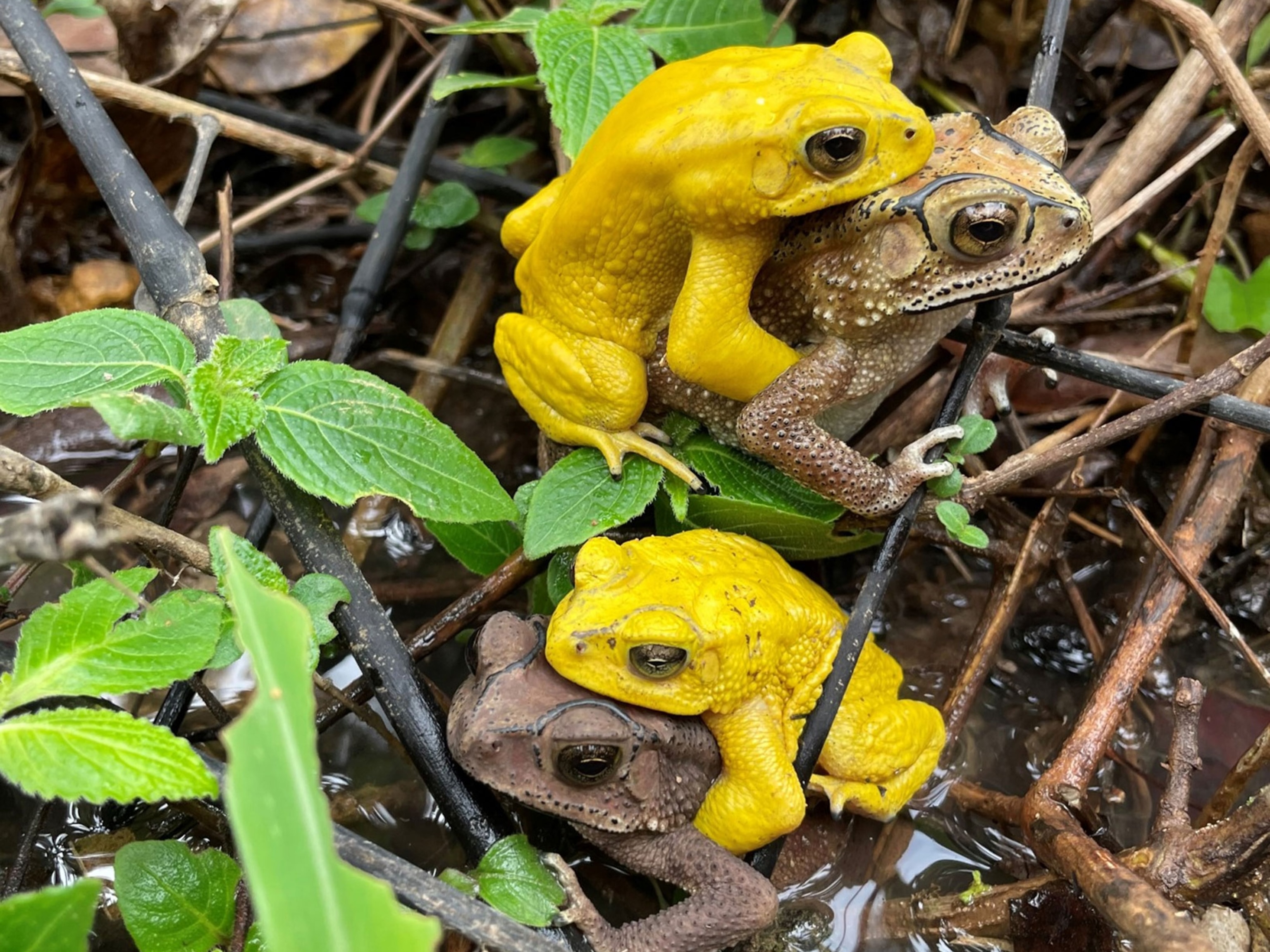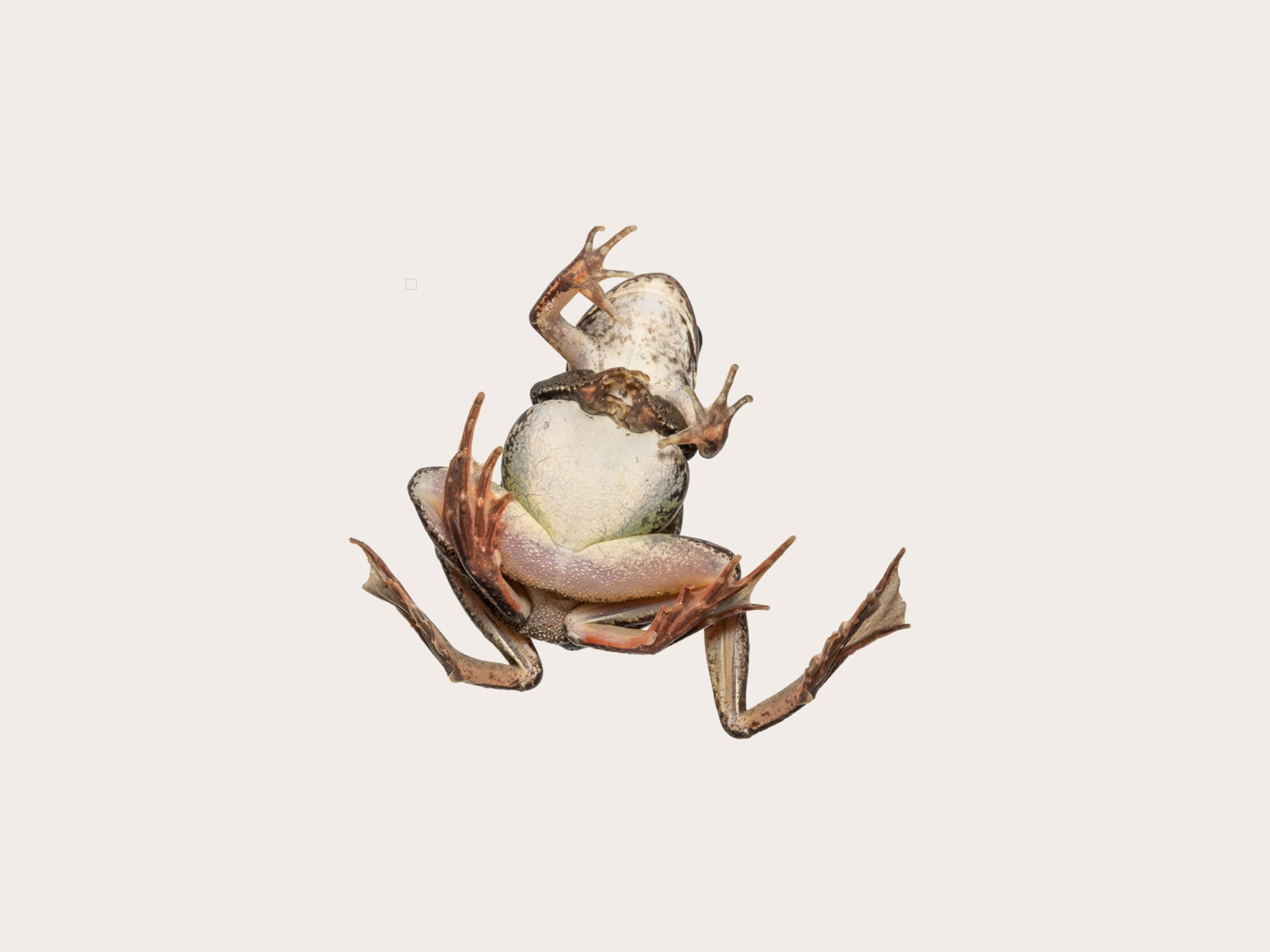
10,000 'Scrotum Frogs' Die Mysteriously in Lake Titicaca
Scientists are blaming pollution around the South American lake and are searching for answers about the critically endangered species.
Thousands of critically endangered frogs have been found dead in South America, leaving scientists scrambling to find the cause. The most likely culprit, they say: pollution.
The Titicaca water frog (Telmatobius coleus), one of the largest aquatic frogs in the world, goes by a unique nickname. It has “amazingly baggy skin, which gives it the common name scrotum frog,” says National Geographic explorer Jonathan Kolby, a PhD student who studies frogs in Latin America.
“Their wrinkly skin is an adaptation to help them absorb more oxygen from the water, possibly because they live at such high altitudes”—around Lake Titicaca along the Peru and Bolivia border, says Kolby.
“But they do look pretty funny,” Kolby adds about the large frogs. (The frogs were even nominated as one of the world’s ugliest animals.)
What's happened to the frogs, though, is no laughing matter: an estimated ten thousand were found dead, along 30 miles of the Coata River, a tributary of Lake Titicaca.
Scientists in the area are working to discover the causes of the die-off, and will be conducting necropsies and water sampling. Until the results are in it’s impossible to know exactly what killed the frogs.
“I would be amazed if it wasn’t human activity that precipitated this,” says Kolby.
Likely causes include human sewage and heavy metal pollution from mining, much of it illegal, reports The Guardian.
IUCN reports that the frog was once common in Lake Titicaca but has declined by 80 percent over the past few years, making it critically endangered. A population estimate isn't currently available, but scientists fear ten thousand deaths could make a big impact.
When Jacques Cousteau studied the Titicaca frogs in the 1970s it was common. He found individuals that stretched out to 20 inches long and weighed 2.2 pounds.
It’s not clear if the frogs have also been weakened by the invasive chytrid fungus, a scourge that has swept around the world over the past several decades and wiped out millions of amphibians. There are no published reports of chytrid infection in the Titicaca water frog, although Kolby says it has been found in closely related species in Peru, not far away.
“It’s very likely this frog is also susceptible to chytrid,” says Kolby. “Further, even in frogs that seem to do relatively well against chytrid, once you start adding additional stresses like pollution and habitat loss that can knock the system out of equilibrium.”




